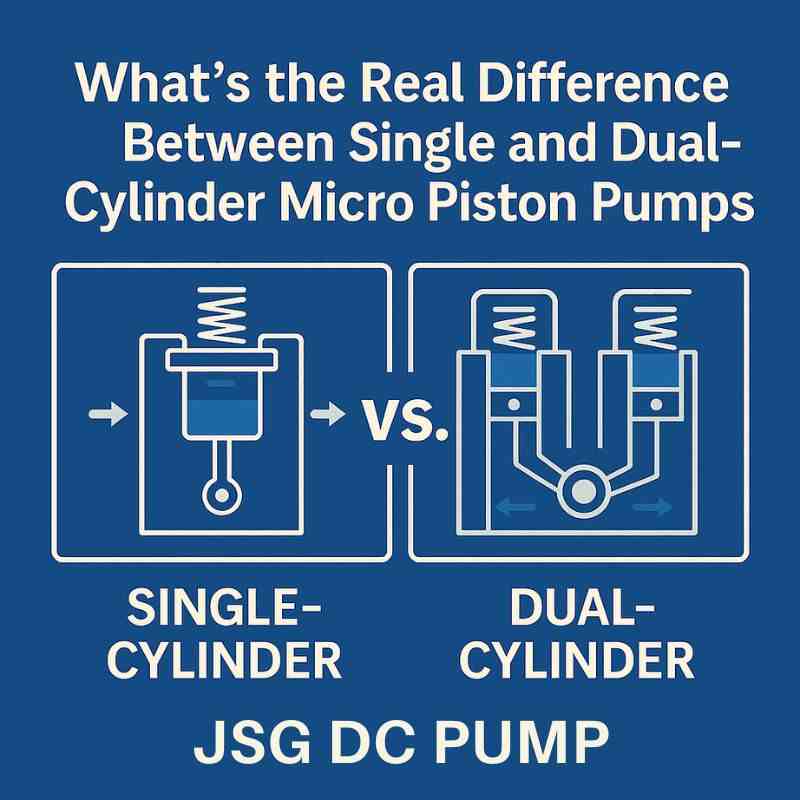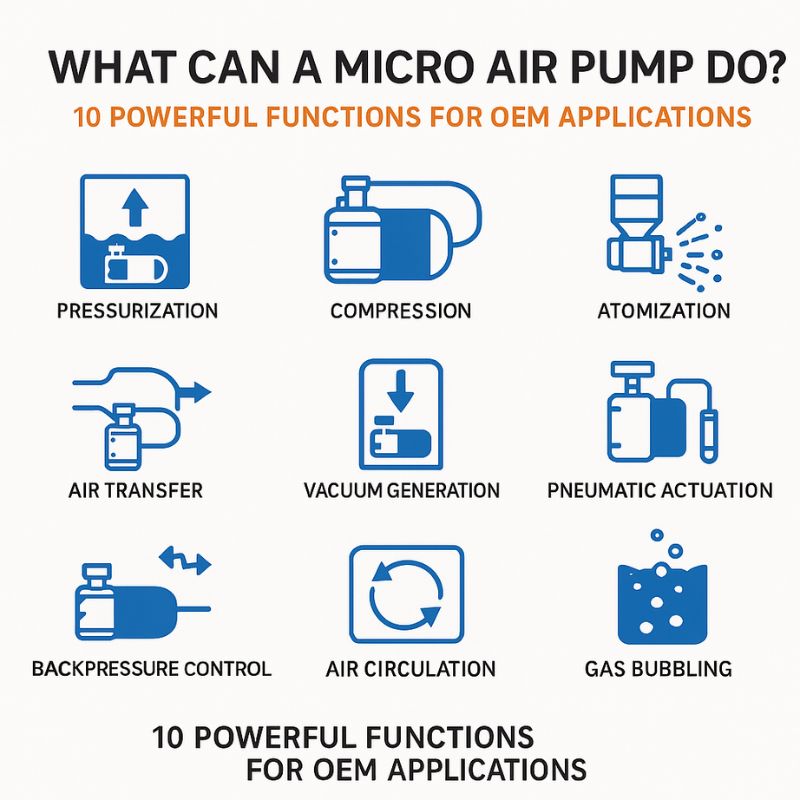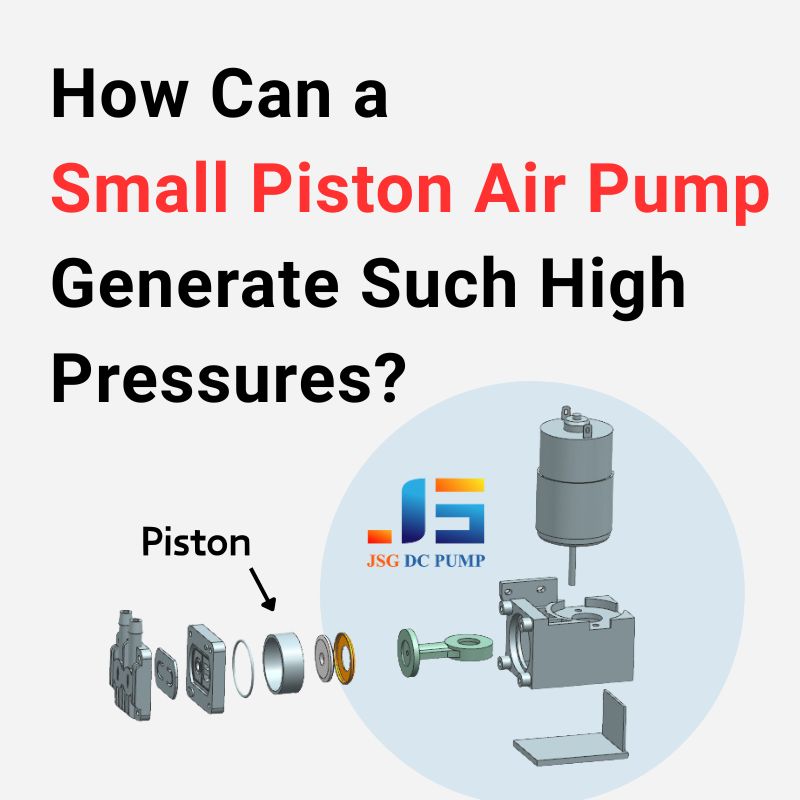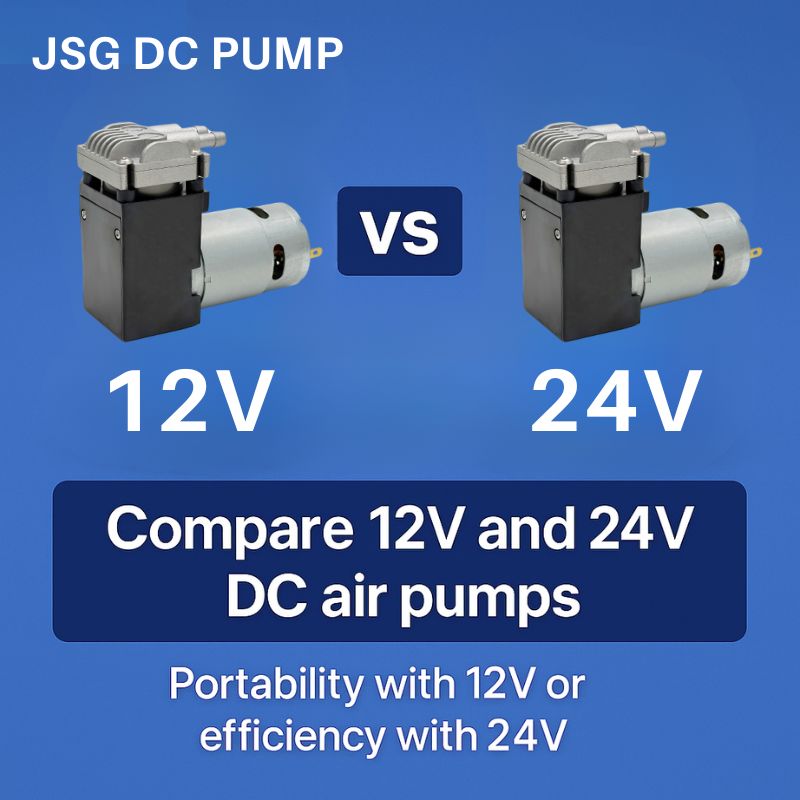Choosing a piston pump can feel complex. You see terms like “single-cylinder” and “dual-cylinder,” but what do they mean for your project? Making the wrong choice can affect performance and efficiency.
A single-cylinder pump uses one piston to move fluid, creating a pulsating flow. A dual-cylinder pump uses two pistons, often working alternately, to deliver a significantly smoother flow and higher output, making it better for sensitive applications.

Navigating pump specifications can be a headache if you’re not deep in this field every day. As an engineer at JSG DC PUMP for over two decades, I’ve worked with countless piston pump designs. Our mission is to make this kind of knowledge accessible to everyone, from beginners to fellow professionals. The difference between single and dual-cylinder designs is fundamental, and understanding it will help you select the perfect pump with confidence. Let’s break down these concepts so you know exactly what you’re getting.
What Is a Cylinder in a Micro Piston Pump?
You hear “cylinder,” but what part of the pump is that exactly? Understanding this basic component is the first step to understanding how the whole pump works.
The cylinder in a micro piston pump is the chamber or bore within the pump head where the piston moves. This movement changes the volume inside the cylinder, causing fluid to be drawn in and pushed out.
Think of it like a medical syringe. The outer tube is the cylinder, and the plunger you push is the piston. In a micro piston pump, it’s the same principle, just mechanized and much smaller. Inside the pump head, there’s a precisely machined cavity—this is the cylinder. A piston, attached to a motor via an eccentric mechanism, moves back and forth inside this cylinder. As the piston pulls back, it creates a vacuum, opening an inlet valve and drawing fluid into the cylinder.
As the piston pushes forward, it pressurizes the fluid, closing the inlet valve and forcing the fluid out through an outlet valve. This simple, powerful action is the heart of any piston pump, and the cylinder is the stage where it all happens. At JSG DC PUMP, machining this cylinder to exact tolerances is critical for pump efficiency and lifespan.
What Is a Single-Cylinder Micro Piston Pump?
When you need a simple, cost-effective solution for moving fluid, is a single-cylinder pump the right choice? These pumps are common, but their operating principle has specific characteristics.
A single-cylinder micro piston pump uses one piston moving within a single cylinder to transfer fluid. This design is mechanically simple but produces a pulsating flow, as fluid only moves during the forward stroke.

I’ve worked on hundreds of applications using single-cylinder pumps. They are the workhorses of the piston pump world. The design is straightforward: one eccentric on the motor shaft drives one connecting rod, which moves one piston. The operation is a simple two-stroke cycle: intake, then exhaust. During the intake stroke, no fluid is leaving the pump.
During the exhaust stroke, a pulse of fluid is pushed out. This creates a distinct “pulse-pause-pulse-pause” flow pattern. For many jobs, like transferring a liquid from one tank to another or in applications where a perfectly smooth flow isn’t necessary, this design is excellent. It’s reliable, has fewer moving parts compared to more complex designs, and is generally more affordable. However, for applications sensitive to pulsation, like precise chemical dosing or in certain medical devices, this start-stop flow can be a significant drawback.
What Is a Dual-Cylinder (Double-Cylinder) Micro Piston Pump?
Need a smoother, more consistent flow than a single-cylinder pump can provide? This is where dual-cylinder designs come in, offering a significant performance upgrade.
A dual-cylinder micro piston pump features two pistons moving in two separate cylinders. They are typically timed to work out of phase, so one cylinder is discharging while the other is refilling, resulting in a much smoother, more continuous flow.
The elegance of the dual-cylinder design is something we appreciate at JSG DC PUMP. It directly addresses the main limitation of the single-cylinder model: pulsation. By having two pistons working in tandem, you can smooth out the flow dramatically. The motor’s eccentric shaft is designed to move the two pistons in opposition.
As piston A is pushing fluid out, piston B is pulling fluid in. Then, as piston B pushes out, piston A pulls in. This alternating action means the pump outlet sees a much more constant stream of fluid, filling in the “pauses” that a single-cylinder pump has. This results in a higher overall flow rate for a given motor speed and a significant reduction in pulsation. Of course, this design is more complex. It has more moving parts, requires a more intricate pump head, and as a result, is often larger and more expensive than its single-cylinder counterpart.
Single vs Dual Cylinder: Key Performance Differences?
When you get down to the technical details, how do these two designs really stack up? A side-by-side comparison reveals clear trade-offs in performance, complexity, and cost.
Dual-cylinder pumps offer higher, smoother flow with less pulsation. Single-cylinder pumps are simpler, smaller, and more cost-effective but have a pulsating output and lower flow rate for the same size.

In my experience helping clients choose the right technology, this comparison is the most critical part of the decision. Let’s lay it out clearly.
| Feature | Single-Cylinder Piston Pump | Dual-Cylinder Piston Pump |
|---|---|---|
| Flow Output | Lower flow rate for a given size and speed. | Higher flow rate (nearly double) for a given size and speed. |
| Flow Pulsation | High pulsation. Flow is a distinct pulse, then a pause. | Low pulsation. Flow is much smoother and more continuous. |
| Complexity & Size | Simpler design, fewer parts, generally more compact. | More complex, more parts, often larger and heavier. |
| Power Consumption | Lower power draw for its given output. | Higher power and torque required to drive two pistons. |
| Cost | Lower initial cost due to simpler manufacturing. | Higher initial cost due to increased complexity and parts. |
| Reliability | Very reliable due to simplicity. Fewer potential failures. | Reliable, but more moving parts mean more maintenance points. |
As one of my insights notes, a key point is that dual-cylinder pumps need a motor with more power and torque. Driving two pistons against pressure simply requires more work than driving one. This directly impacts power consumption and motor selection, which is a crucial consideration for battery-powered devices. The choice isn’t about which is “better” overall, but which set of trade-offs is acceptable for your specific design constraints.
Is twin cylinder better than single?
It’s a common question: Is more always better? When it comes to pump cylinders, the answer isn’t a simple yes or no; it depends entirely on your priorities.
A twin-cylinder pump is better for applications that require a smooth, continuous flow and higher output. However, a single-cylinder pump is better if your priorities are simplicity, lower cost, smaller size, and lower power consumption.
I always tell customers to think of it like choosing a vehicle. Is a big truck “better” than a small car? If you need to haul heavy loads, yes. If you need to navigate a crowded city and save on fuel, no. It’s the same with pumps. “Better” is relative to the job.
A dual-cylinder pump’s primary advantage is its low pulsation. If you are designing an analytical instrument that requires precise, steady dosing of a chemical reagent, pulsation from a single-cylinder pump could ruin your measurements. In this case, a dual-cylinder pump is absolutely better. The same applies to medical devices where a smooth, gentle flow is critical for patient treatment.
On the other hand, imagine you just need to circulate coolant in a small machine or transfer a cleaning solution. A perfectly smooth flow isn’t necessary. What is important is reliability, a compact footprint to fit inside the machine, and keeping the overall product cost down. In this scenario, the simplicity and lower cost of a single-cylinder pump make it the “better” choice. It gets the job done effectively without the extra cost and complexity of a dual-cylinder design.
How to Choose Between Them for Your Application?
You understand the differences, but how do you make the final call? A few key questions about your application’s needs will point you directly to the right choice.
Choose a dual-cylinder pump for sensitive applications needing smooth flow, like medical dosing or analytics. Opt for a single-cylinder pump for general transfer tasks where cost, size, and simplicity are more important than flow smoothness.

At JSG DC PUMP, we’ve guided thousands of customers through this decision. Here is the thought process I recommend to find the ideal fit from our extensive range of over 300 pump prototypes.
Choose a Single-Cylinder Pump if:
- Cost is a primary driver. Your project has a tight budget.
- Space is extremely limited. You need the smallest possible pump.
- Pulsation is not a concern. The application is simple transfer, filling, or circulation.
- Power consumption must be minimized. The device is battery-powered and needs maximum efficiency for a basic task.
- Examples: Simple fluid transfer, appliance water pumps (e.g., in some coffee machines), basic sampling.
Choose a Dual-Cylinder Pump if:
- A smooth, low-pulsation flow is critical. Any fluctuation could compromise the result.
- A higher flow rate is needed without significantly increasing the motor speed (which can affect lifespan and noise).
- The application is sensitive. This includes medical treatments, chemical analysis, or high-precision printing/coating.
- The budget and space can accommodate a slightly larger, more complex, and more powerful pump.
- Examples: Analytical and diagnostic instruments, medical infusion systems, high-end beverage dispensers, continuous chemical dosing.
By clearly defining what is most important for your specific project—flow quality, cost, size, or power—the choice between a single- and dual-cylinder micro piston pump becomes clear.
Conclusion
Dual-cylinder pumps offer smoother, higher flow for sensitive jobs, while single-cylinder pumps provide a simpler, cost-effective solution for general tasks. Your application’s specific needs determine the best choice.
Need help choosing the right piston pump for your system? Contact our engineers at JSG DC PUMP –
📩 admin@dc-pump.com for technical support and OEM recommendations.















